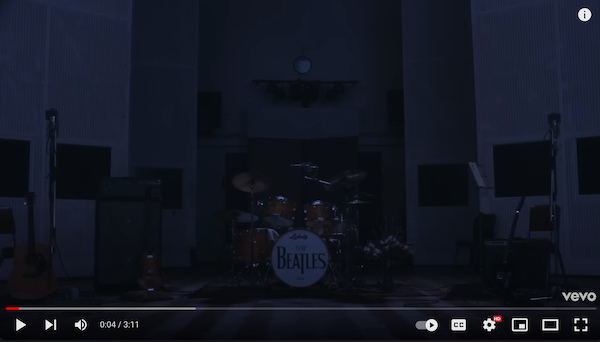
Listen to “Here Comes The Sun” by The Beatles.
The following activities and questions are designed to help your students use their noticing skills to move through the poem and develop their thinking skills so they understand its meaning with confidence, using what they’ve noticed as evidence for their interpretations. Read more about the framework upon which these activities are based.
-
Warm-up: Join with a partner. Together, write a definition of the words joy and sorrow. Join with another pair and share your definitions. Then, rewrite your definitions so that you have one definition for each word. Share with the class. What do you notice about the words? How are they different? How might they be connected?
-
Before Reading the Poem: Listen to “Here Comes The Sun” by The Beatles. What lyrics in the song stand out to you? Why? What does the song say about joy?
-
Reading the Poem: Silently read the poem “On Joy and Sorrow” by Kahlil Gibran. What do you notice about the poem? Note any words or phrases that stand out to you, or any questions you might have.
-
Listening to the Poem: Enlist two volunteers and listen as the poem is read aloud twice, and write down any additional words and phrases that stand out to you. Or, you may opt to listen to a recording of the poem.
-
Small Group Discussion: Share what you noticed about the poem with a small group of students. What does the poem say about joy and sorrow? How does this compare to the definitions you shared at the beginning of class as well as to the song?
-
Whole Class Discussion: Is it possible for joy to exist without sorrow or for sorrow to exist without joy? Why or why not? What does the poem say about the juxtaposition of these two ideas? What do you think of the line, “The deeper that sorrow carves into your being, the more joy you can contain”?
-
Extension for Grades 7-8: How might you explore the juxtaposition of joy and sorrow even more? Create a piece of art, a song, a collage, a photograph that explores these ideas in the poem. Share your piece with the class.
-
Extension for Grades 9-12: Read more about Kahlil Gibran. Choose another poem by Gibran to read and explore. Write a short paragraph comparing and contrasting the poems. What connected themes, if any, did you see? What differences did you notice? Share with your class in a discussion.
Teach This Poem was developed for in-person classrooms, but it can be easily adapted for remote learning and hybrid learning models. Please see our list of suggestions for how to adapt this lesson for remote or blended learning.
“Mahjar, derived from hijra, Arabic for ‘migration,’ refers to a movement of poets and writers from Syria and Lebanon to the Americas that began around 1850 and continued into the twentieth century. Most were fleeing from political oppression and religious persecution, as a majority of the emigrants identified as Christian. Though Mahjar writers contributed to every genre of literature, in addition to working as journalists and political activists, their greatest contribution was to poetry.” Read more about the Mahar movement.
